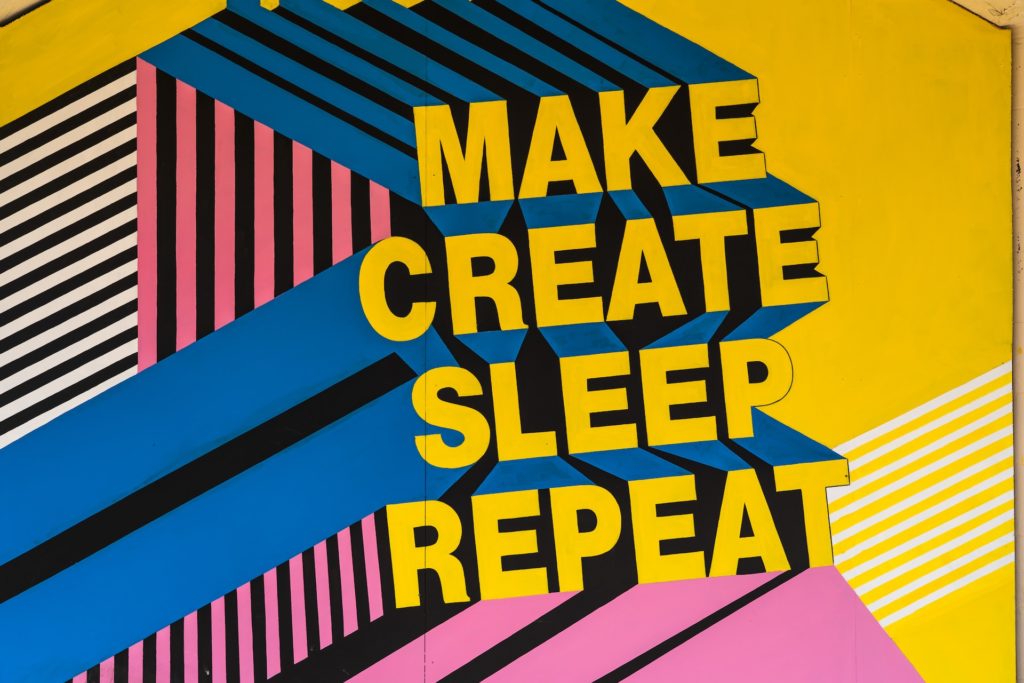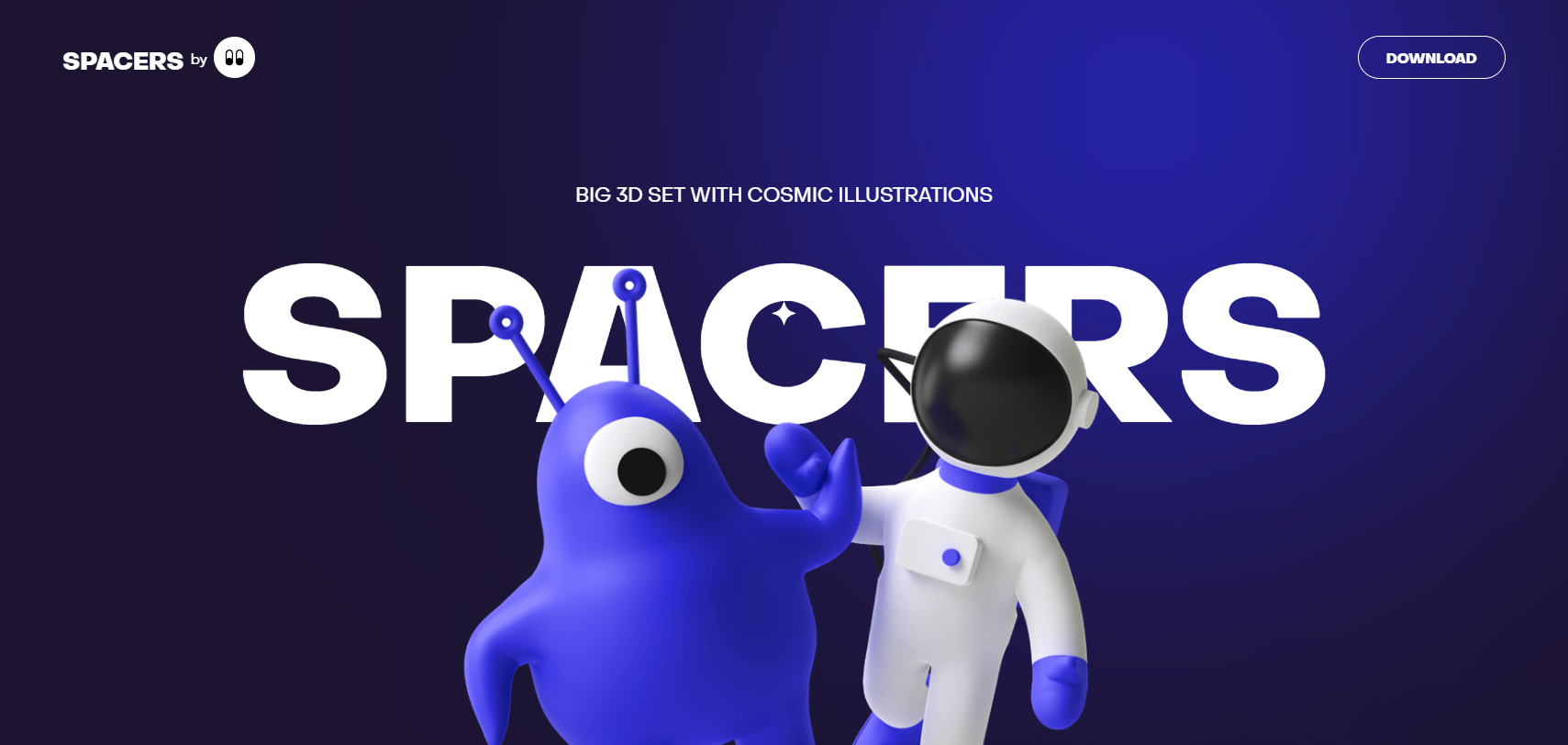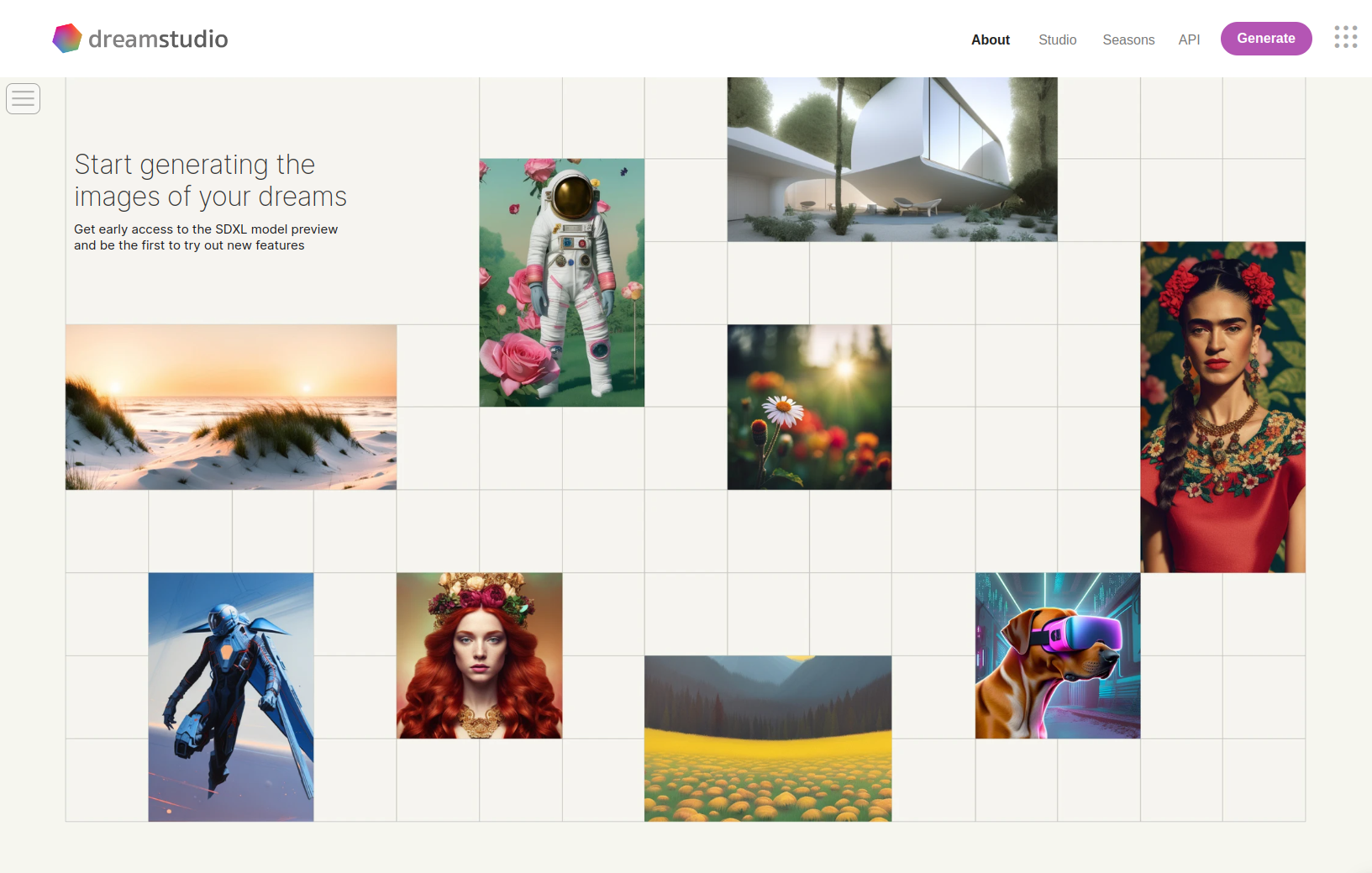Typography is more than just the arrangement of letters and characters on a page; it is a fundamental component of graphic design. Typography has a transforming effect in visual communication, from delivering messages to generating emotions. In this blog article, we will look at the significant impact of typography in graphic design and how it influences how we perceive and interact with designs.

Visual Communication and Message Delivery
In graphic design, typography is a significant tool for efficiently conveying messages. The selection of typefaces, font styles, and treatments can have a significant impact on the tone and personality of the design. A bold and sleek sans-serif font, for example, might convey modernity and professionalism, but a handwritten script font can inspire elegance and genuineness. Designers may magnify the desired message and create a visual language that resonates with the audience by using the proper font.
Emotional Response and User Engagement
Typography can elicit distinct emotions and create an emotional connection with the viewer. Typeface style, weight, and arrangement can convey a range of emotions, from excitement and energy to peacefulness and sophistication. Designers may increase user engagement and create a memorable experience by carefully selecting font that corresponds to the desired emotional response. Typography can also help with storytelling, as different font treatments can distinguish between conversation, narration, and emphasis, further enriching the user experience.
Legibility and Readability
Ensure legibility and readability is a crucial feature of typography in graphic design. The arrangement of letters, spacing, and font sizes all have a direct impact on how well people understand the information offered. Correct kerning (letter spacing) and leading (line spacing) eliminate overcrowding and uncomfortable gaps, making the text easier to read. Designers must take into account the context in which their designs will be viewed, whether on print or digital media, and optimize typography accordingly for maximum legibility.
Establishing Visual Hierarchy
Typography is essential in defining visual hierarchy within a design. Designers direct the viewer’s attention and emphasize crucial elements by varying font sizes, weights, and styles. Important information, such as headlines or call-to-action messages, might be highlighted, while secondary elements can be given more subtly. This hierarchy facilitates in the organization of information, the improvement of readability, and the successful communication of the intended message.
Brand Identity and Recognition
Typography is an essential component of developing a brand identity. Typography consistency across numerous touchpoints, including as logos, marketing materials, and websites, aids in brand identification. A distinctive and well-crafted typographic identity distinguishes a brand and communicates its values, personality, and soul. type becomes a vital vehicle for communicating company identity, from the lively and energetic type of a children’s toy business to the refined and exquisite typography of a luxury fashion label.
Enhancing User Experience in Digital Design
Typography is much more important in the digital design since it has a direct impact on user experience. With the rise of responsive web design, typography must adapt to different devices and screen sizes effortlessly. Legibility is ensured via scalable fonts and proper line lengths, while responsive typography approaches provide a uniform experience across platforms. Designers can also take use of digital typography’s versatility by incorporating interactive features such as hover effects or animated type to engage users and create dynamic experiences.
Finally, typography exerts enormous power in the field of visual design. Typography influences how we perceive and interact with visual designs, from its ability to express messages and generate emotions to its impact on readability, hierarchy, and brand identification. Designers must maximize typography’s potential through careful font selection, careful hierarchy, spacing considerations, and adaption for digital encounters. Designers may develop captivating and engaging designs that leave a lasting impression on viewers by knowing and exploiting the influence of typography.



